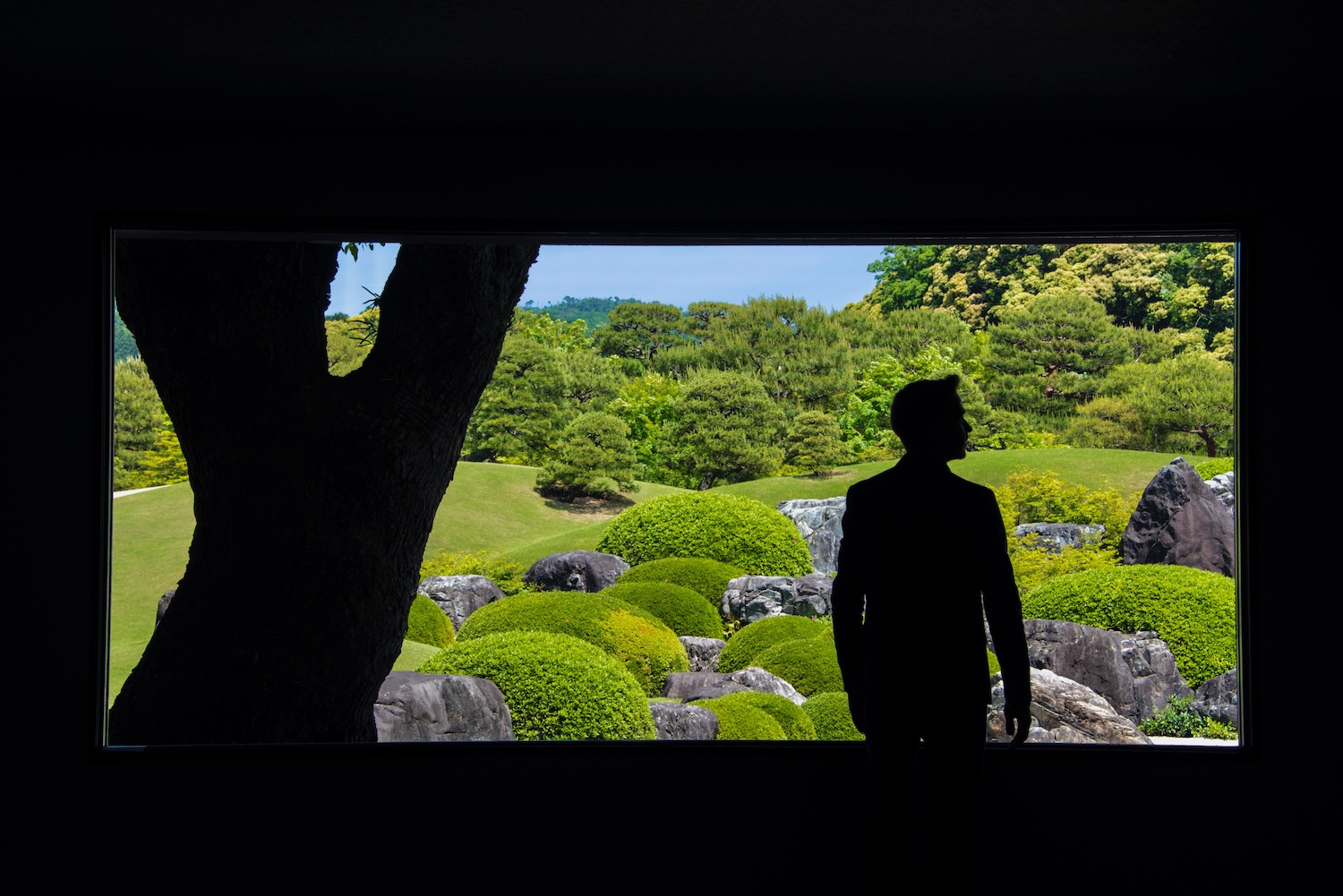I’ve wanted to visit the Adachi Museum of Art since the moment I learned of its existence, not long after my very first trip to Japan. As I descended from the eighth floor of my nondescript hotel to make my way there this morning, however, my mind’s eye was peering even further back in the past.
Throughout my childhood, I’d occasionally wake up in the morning with muted physical senses but heightened mental awareness. “I feel fake,” I would tell my mother, who understandably had no idea how to response. I felt fake for at least the first hour of today.
This feeling persisted right up until the shuttle I caught at Yasugi Station pulled into the parking lot of Japan’s most beloved gallery and garden. Then, shit got very real.
Sterling Reputation
I’m being hyperbolic, of course—neither an earthquake nor an act of violence befell me as my camel oxfords click-clacked onto the payment that led to the entrance.
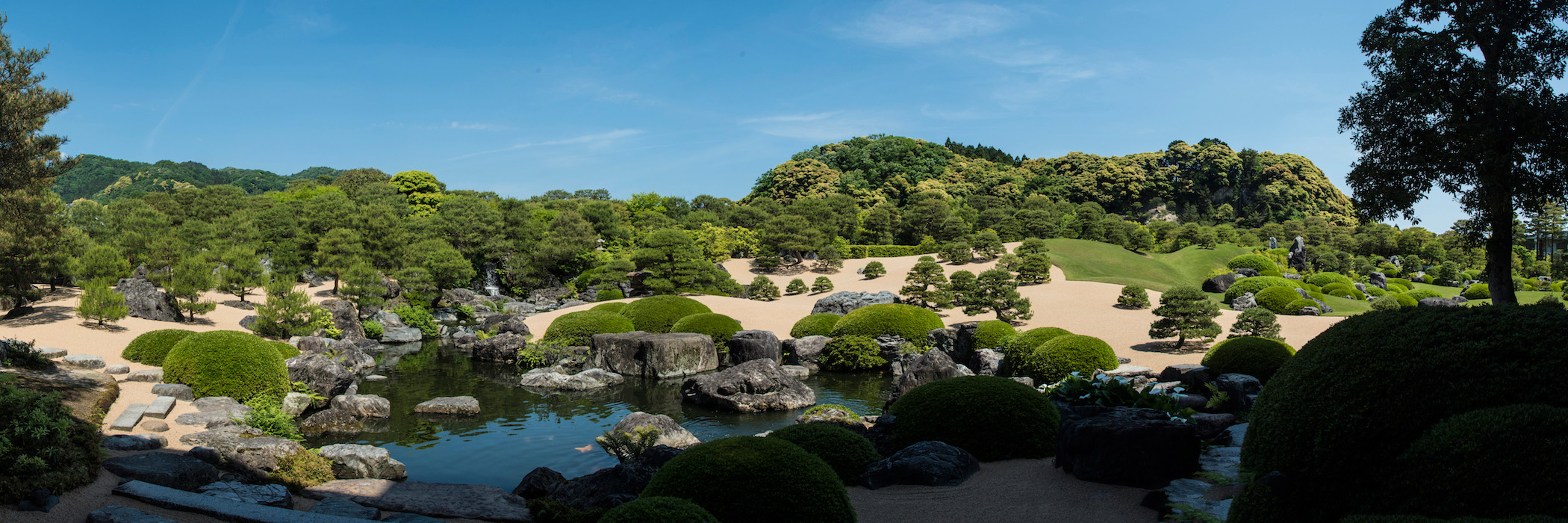
Rather, no fewer than a dozen full-sized tour buses (filled mostly with Gaijin tourists no less) flanked either side of the path I walked along, not unlike manga statues had done yesterday in Sakaiminato.
Now, this was my first official day in Shimane, my second prefecture of the San’in region so far. It could’ve been that this place bore more in common with, say, Tochigo than Tottori, in terms of the size and composition of crowds.
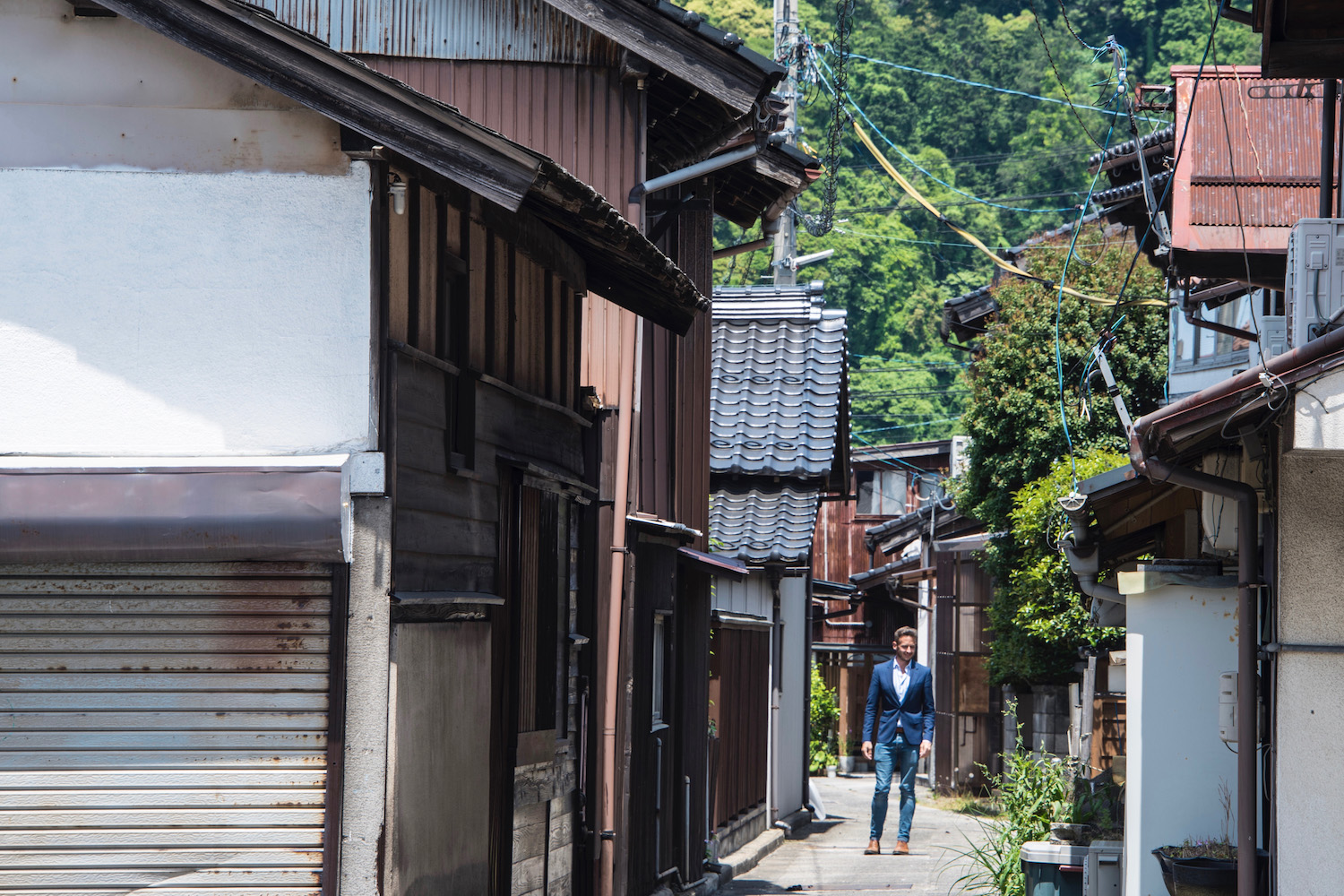
I gulped as I slapped my credit card down to pay the admission fee for the Adachi Museum of Art, hoping the sterling reputation of the place was the only reason half of Houston seemed to be infiltrating it.
The F*ck Y’all Way
Or maybe it was Dallas, or even Oklahoma City—I couldn’t tell. The majority of the white people inside were from somewhere in the American South, based on their accents. That, and the “fuck y’all” way they were dressed.
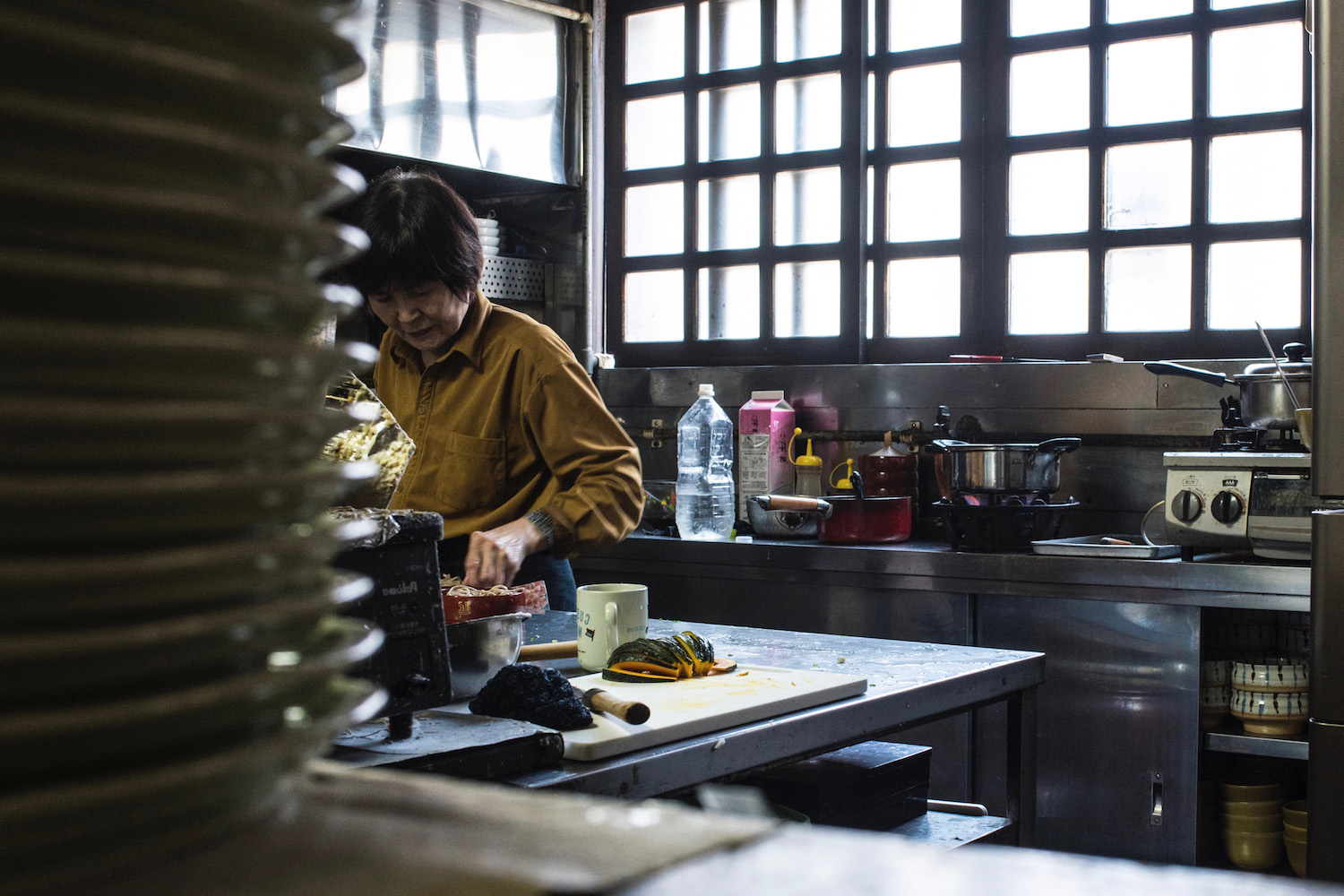
Look, the Adachi Museum of Art is the picture of class and sophistication. And while I get that comfort is more than just a preference for older travelers (the majority of Americans present, apart from one brotographer wearing camouflage cargo shorts and with no less than a dozen tattoos tawdrily from beneath the tassels where he’d torn them, were at least my parents’ age), Japanese people in every age group were in their Sunday best.
Why were the descendants of the people who brought them to their knees during the War wearing hiking boots, fishing vests, or worse?
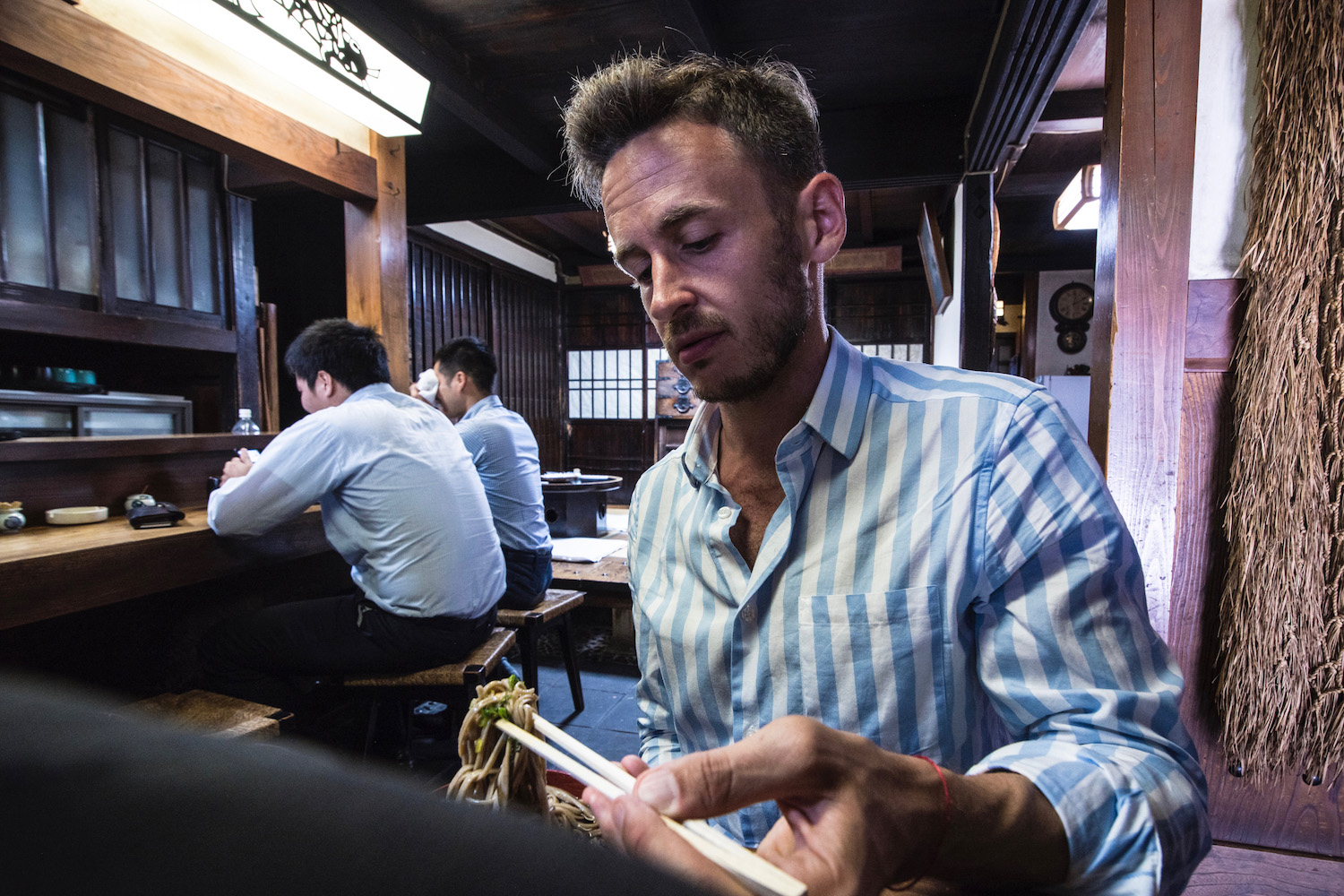
Annoyed, but not enough to do more than roll my eyes, I quickly made my way through the museum, doing as much as I could to savor impressions of its famous gardens as I photographed them, and sitting down for a fizzy drink with a pickled ume lurking at the bottom before heading back toward the city and its steel museum.
Juicy Vermillion
As far as what I think about the Adachi Museum of Art? The collection (which you can’t photograph) is extremely ordinary—the place would’ve closed a decade ago were it not for the garden. Even then, I’d be lying if I said spots like Ritsurin in Takamatsu and Kenroku-en in Kanazawa weren’t at least as beautiful.
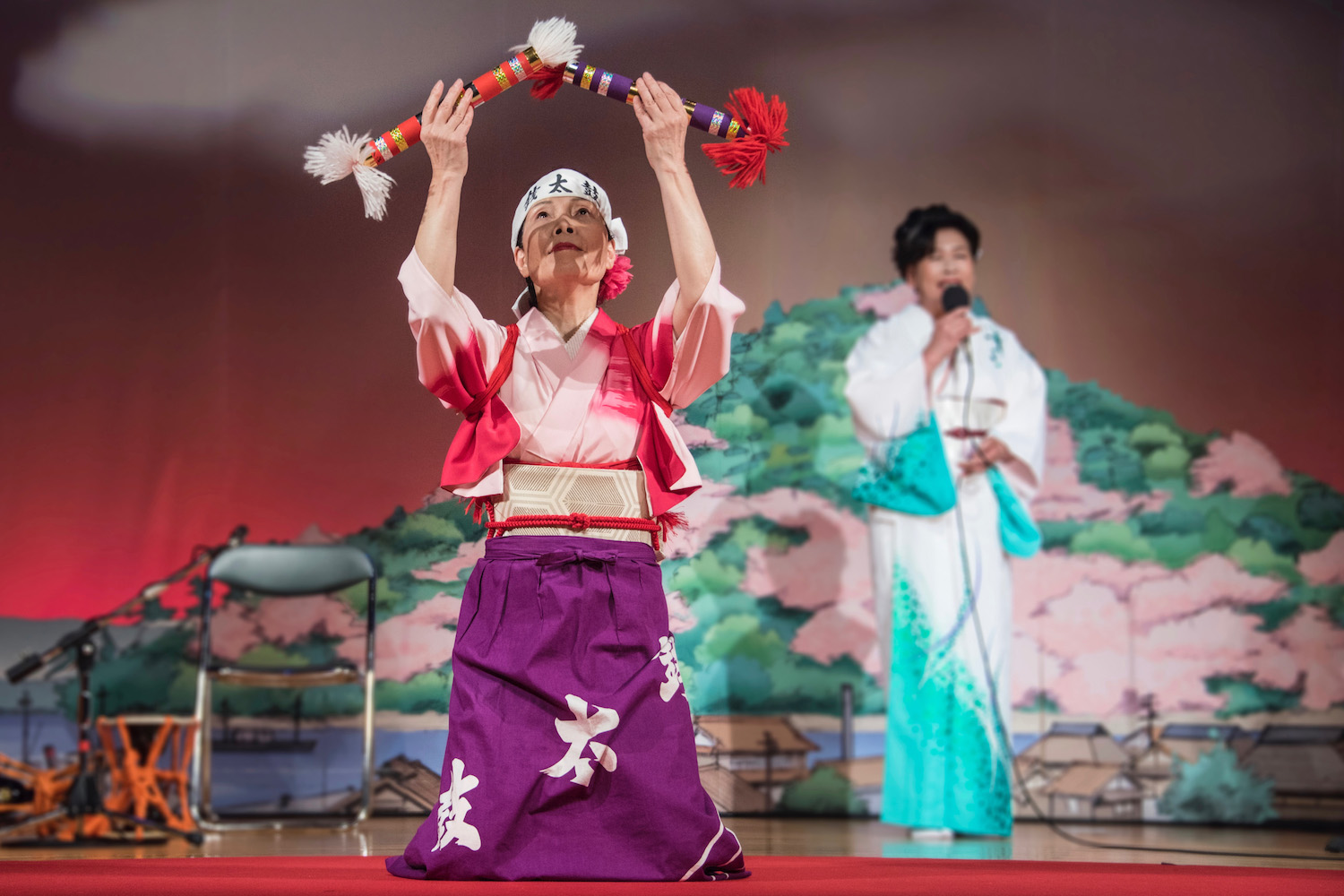
My time in Yasugi city would be surprisingly brief. After a short sojourn to the Wako Museum (which I visited primarily so I could tell my father, a lifelong steel salesman, about it; and whose gallery areas also inexplicably forbade photography), I ducked into a soba shop I’d have missed had I not tripped over its front stoop.
I might have been dressed more like a Japanese person than an American, but I wasn’t fooling the woman who approached me when I entered, let alone her other patrons. “Hotto?” She asked in what my friend Eriko calls a Katakana way. “Ko re du?” I selected the cold, the salarymen slurping their own soba behind me laughing at the fact that I’d been reduced to a binary choice, though the menu had at least a dozen times as many.

Behind the counter, a man I assumed to be the woman’s husband was chopping some Japanese pumpkin, and someone else was deep-frying chicken. I tried to distract myself from the juicy vermillion flesh and the aroma of animal-based free-radicals by perusing the couple-hundred photos I’d snapped at Adachi Museum of Art.
A Bit of Small Talk
My final stop of the day (after a satisfying by very short dojousukui song-and-dance performance at Yasugibushi Theater) was Kiyomizudera—and not the one in Kyoto. Officially preceded by the forename Zuikoyo, this clear water temple was much purer than its sister in the Kansai region, at least in terms of being free of humans.
In fact, I didn’t see a single other person (though I heard a few footsteps from time to time) until I found myself beneath a grand ginkgo, one of several arbors around the base of a three-tiered pagoda that would be swarming with revelers anywhere else in Japan. (Here, I feared a distant buzzing might be a swarm of oriental hornets.)
The woman asked me, first in Japanese and then in surprisingly good English, whether I needed her to press the button as I posed for a self-portrait. I shook my head and thanked her, and we engaged one another in a bit of small talk.
As she walked away, it was clear that Adachi Museum of Art had been an exception: The rest of my time in Shimane was going to be smooth (and largely solitary) sailing. I just knew it.
Other FAQ About the Adachi Museum of Art
Where is the Adachi Museum of Art?
The Adachi Museum of Art is located in Yasugi, a medium-sized city in the Shimane prefecture of Japan’s San’in region. From Yasugi Station, you’ll either need to catch a local bus, assuming you don’t have a rental car and simply drive the whole way.
Do you need to book in advance to visit the Adachi Museum of Art?
Adachi Museum of Art does not require advance reservations, although making one may end up saving you time upon arrival. Note that making a reservation does not ensure you exclusive access to the museum; you will likely have to contend with crowds no matter when you visit.
Is the Adachi Museum of Art worth visiting?
Home to what is routinely ranked as the most beautiful traditional garden in all of Japan, the Adachi Museum of Art is certainly worth visiting if you love Japanese gardens. On the other hand, it is somewhat difficult to access, so keep this in mind as you plan your trip.



